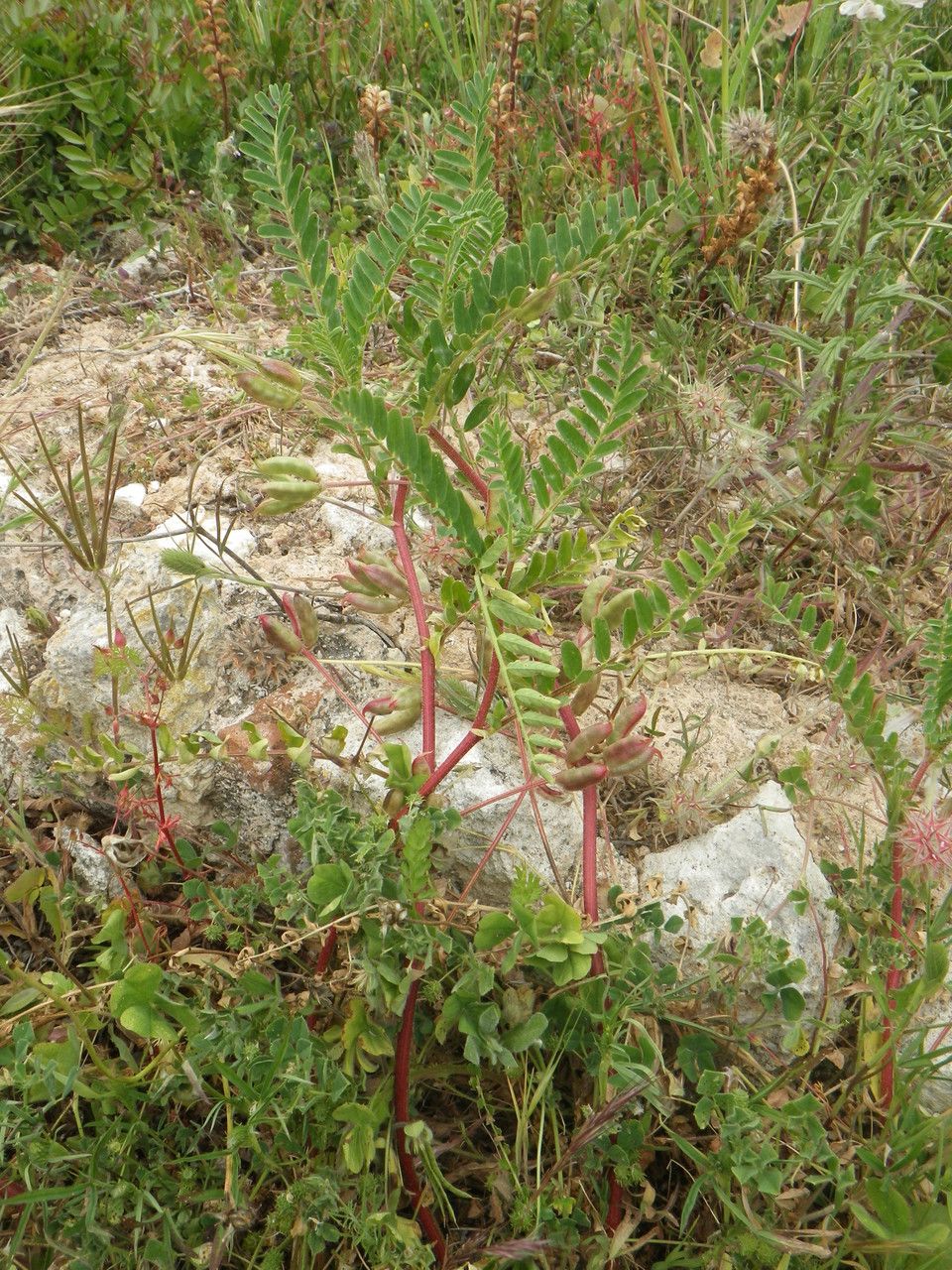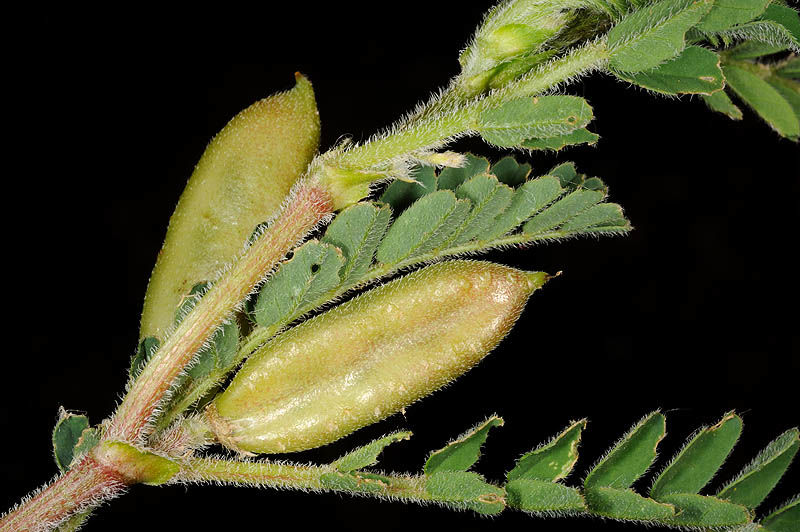Boeticus Milkvetch
astragalus boeticus
Also known as: ["Boeticus Milk Vetch","Boeticus Astragalus"]
Overview
A perennial herbaceous plant belonging to the Fabaceae family, native to the Mediterranean region.
Benefits & Perks
["wildlife attractant (bees, butterflies, birds)","drought tolerant","aesthetic foliage"]
Botanical Classification
| Phylum: | Magnoliophyta |
| Class: | Magnoliopsida |
| Order: | Fabales |
| Family: | Fabaceae |
| Genus: | Astragalus |
| Botanical Name: | Astragalus boeticus |
Plant Characteristics
Basic Information
- Category: Flowers
- Suitable Location: rock garden or border in a sunny, well-drained spot
- Suitable For:
- Is Weed: No
- Allergenicity: low
Environmental Needs
- Climate: {"temperatureRange":"5–30°C"}
- Hardiness: {"zones":"7–9"}
- Misting: rarely required, only if ambient humidity is very low
- Drainage: Fast-draining to prevent waterlogging.
- Soil Type: Well-draining, loamy soil with added organic matter.
Maintenance Level
- Maintenance Level: moderate
- Toughness Level: moderate
- Pruning Frequency: Annually in late winter or early spring; light pruning can be done as needed.
- Pruning Intensity: Moderate; remove up to one-third of the plant if overgrown.
Care Details
Ideal Sunlight Coverage:
Full sun to partial shade (6–8 hours of direct sunlight daily); adjust for intense summer sun.
Sunlight Tolerance Tips:
Acclimate plants gradually to intense sunlight; protect from harsh midday sun; provide shade in extreme heat.
Care Requirements
Care Difficulty
moderatemoderate
Sunlight
full sun to partial shade
Rotate plant for even light exposure; use sheer curtains to filter intense sun; avoid sudden light changes.
Watering
every 7–10 days during active growth, reduce in winter
Water thoroughly but infrequently; ensure soil dries between waterings; avoid overwatering.
Soil
well-drained, sandy loam with moderate organic matter
pH: Slightly alkaline to neutral (pH 7.0–7.5).
Use a cactus mix as a base; avoid heavy clay soils; ensure pots have drainage holes.
Temperature
Prefers moderate temperatures (60–75°F or 15–24°C); tolerates mild frosts but thrives in warmth.
Protect from frost; avoid placing near drafty windows; maintain consistent temperatures.
Fertilizing
every 4–6 weeks during spring and summer
Use a low-nitrogen fertilizer; fertilize after watering to prevent root burn; flush soil occasionally to prevent salt buildup.
Propagation
Methods
Stem cuttings or division; stem cuttings are more common for home growers.
Step-by-Step Propagation Guide
- Take a 4–6 inch cutting.
- Remove lower leaves.
- Dip in rooting hormone.
- Plant in moist medium.
- Keep humid and warm.
Best Time: Spring or early summer when the plant is actively growing.
Environment
Warm, humid environment with indirect light; maintain temperatures around 70–75°F (21–24°C).
Medium
Well-draining potting mix (e.g., perlite and peat moss blend).
Hormone
Rooting hormone is recommended to improve success rates.
Timeline
Roots typically develop in 3–6 weeks; new growth may appear in 2–3 months.
Tools Needed
Pruning shears, rooting hormone, small pots, misting spray bottle.
Quick Tips
Use healthy, non-flowering stems; maintain high humidity; avoid direct sunlight during rooting.
Pruning & Repotting
Pruning Guide
Method
Pinch back tips for bushier growth; cut just above a leaf node or bud.
Pruning Plan
Prune to maintain shape, encourage bushiness, and remove dead or diseased growth.
Tools
Pruning shears, sterilized scissors.
Checklist
Sterilize tools; prune dead/damaged growth; shape the plant; clean up debris.
Repotting Guide
Best Season
Spring, before the active growing season begins.
Pot Size
Choose a pot one size larger (1–2 inches wider in diameter).
Method
Remove plant gently; trim roots if necessary; place in a new pot with fresh soil; water lightly.
Suggestions
Repot every 2–3 years or when roots fill the pot; beneficial for growth and soil health.
Checklist
Select new pot; prepare fresh soil; inspect roots; water after repotting.
Advanced Care Tips
Watering Mastery
Watering Checklist
Check soil moisture; water deeply; ensure drainage; adjust for season.
How to Apply Water Properly
Water at the base of the plant, ensuring moisture reaches the root zone; allow excess water to drain away; water in the morning to reduce evaporation.
Watering Schedule Tips
Water deeply once the top inch of soil feels dry; reduce frequency in winter to prevent root rot.
Soil Improvement
Add perlite or sand for drainage; incorporate compost for fertility; ensure soil is loose and airy.
Temperature Stress Management
Signs of Temperature Issues
Wilting, leaf drop, or stunted growth in extreme heat; browning or blackening of leaves in cold stress.
Cold Stress
Slows growth; may cause root damage in freezing temperatures; leaves may turn yellow or brown.
Solution: Move to a warmer location; provide frost protection; avoid overwatering in cold conditions.
Hot Stress
Leaves may scorch, wilt, or drop; growth may slow; soil may dry out too quickly.
Solution: Provide shade during peak heat; increase watering frequency; improve air circulation.
Fertilizing Guide
Fertilizing Checklist
Check fertilizer type; dilute properly; apply during growing season; avoid winter feeding.
Fertilizing Method
Use a balanced, water-soluble fertilizer diluted to half strength; fertilize every 4–6 weeks during growing season (spring to early fall); avoid fertilizing in winter.
Common Problems & Solutions
Toxicity Warning
Cats
Non-toxicAstragalus boeticus is not considered toxic to cats. There are no known adverse effects associated with ingestion of this plant by felines.
⚡ Toxic If:
if eaten
Dogs
Non-toxicAstragalus boeticus is not considered toxic to dogs. There are no known adverse effects associated with ingestion of this plant by canines.
⚡ Toxic If:
if eaten
Humans
Non-toxicAstragalus boeticus is not considered toxic to humans under normal circumstances. It has been used traditionally in some cultures for its potential health benefits, though scientific evidence is limited.
⚡ Toxic If:
if eaten
Frequently Asked Questions
Q: Is Astragalus boeticus toxic to pets?
A: Reliable information on toxicity to pets is not available.
Q: What are the typical care requirements for Astragalus boeticus?
A: It requires moderate care, including well-drained soil and moderate watering.
Q: Does Astragalus boeticus attract wildlife?
A: Yes, it attracts bees, butterflies, and birds, making it beneficial for wildlife gardens.
Quick Reference
| Family: | Fabaceae |
| Care: | moderate |
| Light: | full sun to partial shade |
| Water: | every 7–10 days during activ |
Get Expert Care Tips
Download the Plantious app for personalized care reminders and plant identification!
Google Play App Store







